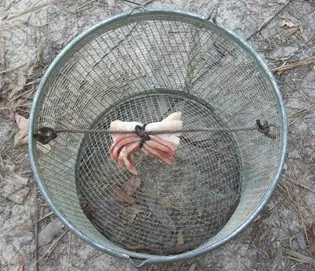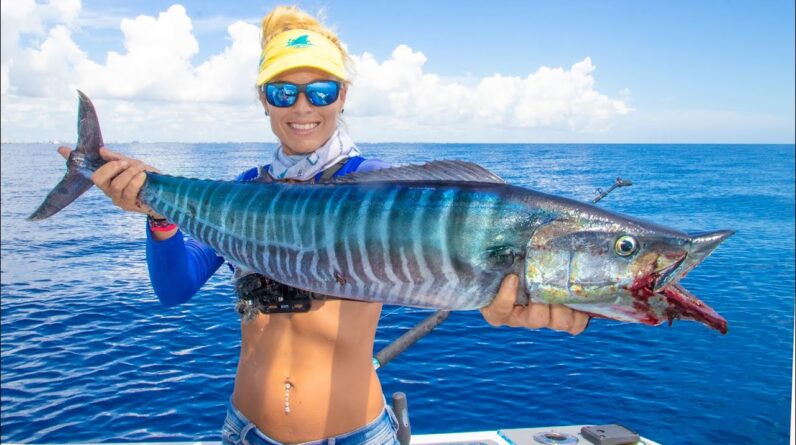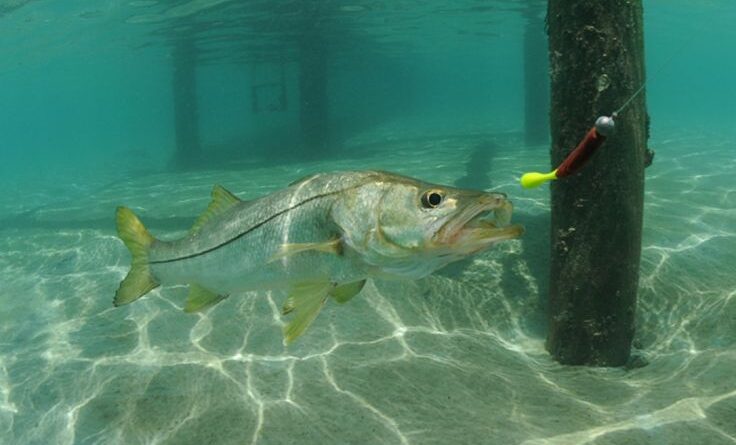Introduction
Fishing has been an integral part of human culture for centuries. Whether it’s a serene hobby or a means of livelihood, the tools and techniques used in fishing have evolved over time. One such tool that has gained popularity among anglers is the minnow trap. In this comprehensive guide, we will delve into the intricacies of minnow traps, exploring their types, uses, and benefits.

Understanding Minnow Traps
What is a Minnow Trap?
A minnow trap is a specialized fishing tool designed to catch small baitfish, commonly known as minnows. These traps are typically made of wire mesh or netting and come in various shapes and sizes. Anglers use minnows as live bait for larger game fish, making minnow traps an essential gear for successful fishing expeditions.
Types of Minnow Traps
- Cylinder Traps: These traps are cylindrical in shape and are open at both ends. They are often baited with substances that attract minnows, such as bread crumbs or fish food. Minnows enter the trap but find it difficult to exit.
- Funnel Traps: Funnel traps have a conical shape with an inward-pointing funnel entrance. Once minnows swim into the trap through the funnel, it becomes challenging for them to find their way out.
- Rectangular Traps: These traps have a rectangular shape and are often baited with food to lure minnows inside. The design makes it easy for minnows to enter but complicates their exit.
The Role of Minnow Traps in Fishing
1. Live Bait Acquisition:
Minnows are a popular choice for live bait due to their natural swimming patterns and scent. Minnow traps provide an efficient way to collect a sufficient quantity of live bait before a fishing expedition.
2. Ecological Impact:
Unlike some other methods of obtaining baitfish, minnow traps have a minimal impact on the surrounding environment. They allow for selective harvesting, reducing the ecological footprint associated with other bait-collection methods.
3. Versatility:
Minnow traps are versatile tools that can be used in various water bodies, including ponds, lakes, and streams. Their adaptability makes them a favorite among anglers who fish in different environments.
Tips for Using Minnow Traps Effectively
Selecting the Right Location:
- Choose a location with known minnow activity. This can include areas with vegetation, near the shore, or in places where larger fish are likely to be present.
Baiting Techniques:
- Experiment with different baits to attract minnows effectively. Common bait options include bread, fish food, or specialized bait designed for minnow traps.
Monitoring Trap Placement:
- Regularly check your minnow traps to ensure they are in the right position and are not damaged. This also helps in preventing unintended catches, such as non-target species.
FAQs about Minnow Trapping
How Often Should I Check My Minnow Trap?
Ensure the effectiveness of your trapping by understanding the optimal frequency for checking traps to maximize your catch.
Can I Use The Same Minnow Trap For Different Types Of Bait?
Discover the versatility of your minnow trap as we explore the compatibility with various baits for a diverse trapping experience.
What Is The Best Depth For Setting A Minnow Trap?
Navigate the depths of water as we guide you through determining the ideal depth for placing your minnow trap.
Are There Regulations For Using Minnow Traps In Different Locations?
Stay informed about local regulations and guidelines for minnow trapping in different locations, ensuring a legal and responsible approach.
Can I catch minnows in the winter?
Explore the seasonal dynamics of minnow trapping and discover whether winter is a viable time for this fishing technique.
How Can I Attract More Minnows To My Trap?
Enhance your trapping success with tips on attracting a higher number of minnows to your carefully placed trap.
Conclusion
In conclusion, minnow traps are valuable tools for anglers, offering an efficient and environmentally friendly method of acquiring live bait. Understanding the types of traps and their optimal usage can significantly enhance the success of your fishing endeavors.
Remember, responsible fishing practices ensure the sustainability of aquatic ecosystems. Minnow traps contribute to this ethos by providing a targeted and controlled means of baitfish collection.
As you embark on your next fishing adventure, consider incorporating minnow traps into your toolkit for a more rewarding and sustainable angling experience.






